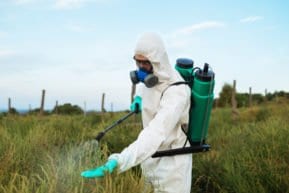
Most people don’t expect a cooler to be dangerous; Normally it’s just a vacation tool that keeps drinks cold. However, for some, their Igloo cooler has turned into a hazard causing injuries, emergency room visits, and even amputated fingertips. Igloo has now recalled more than a million of its 90-quart…
















